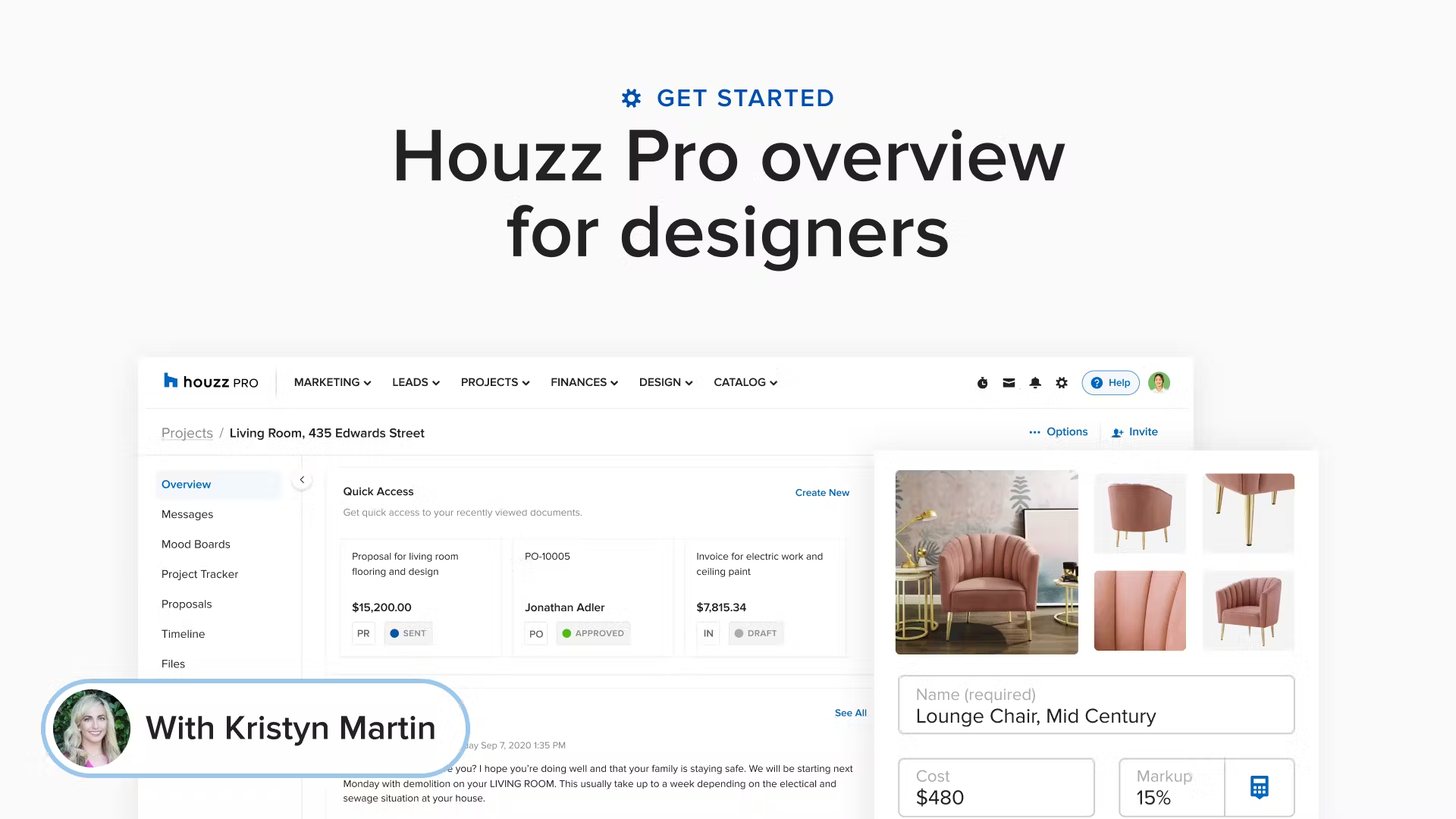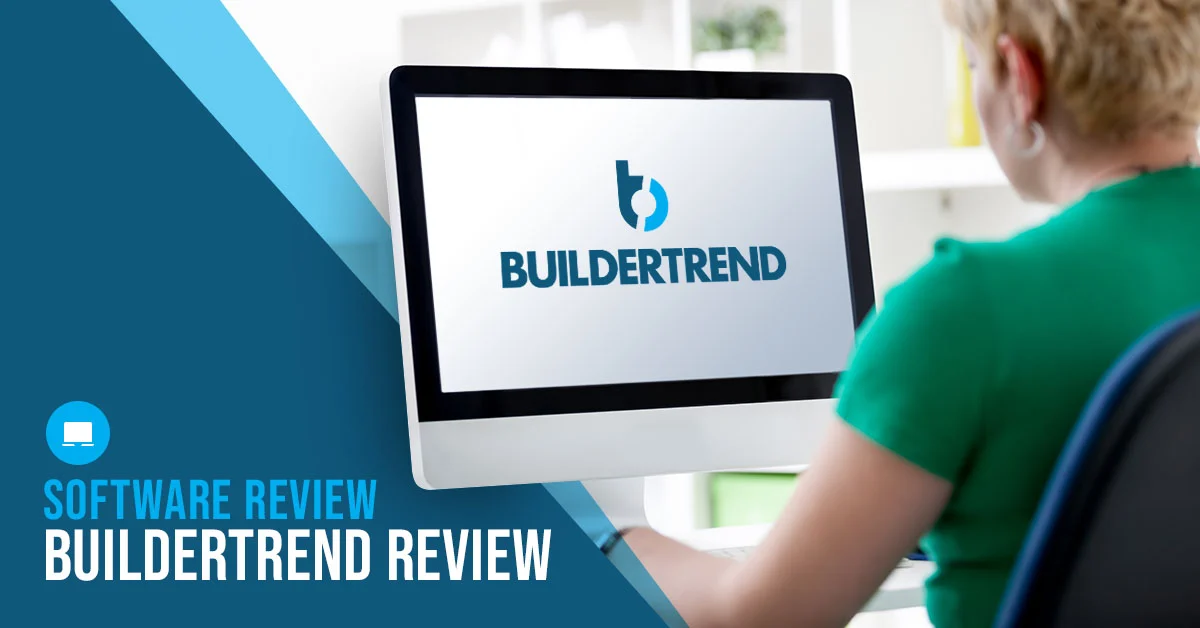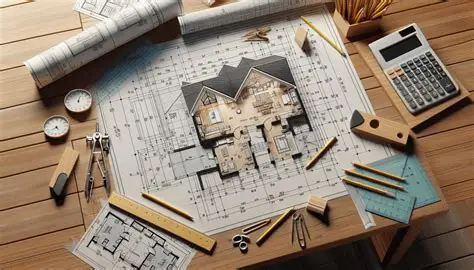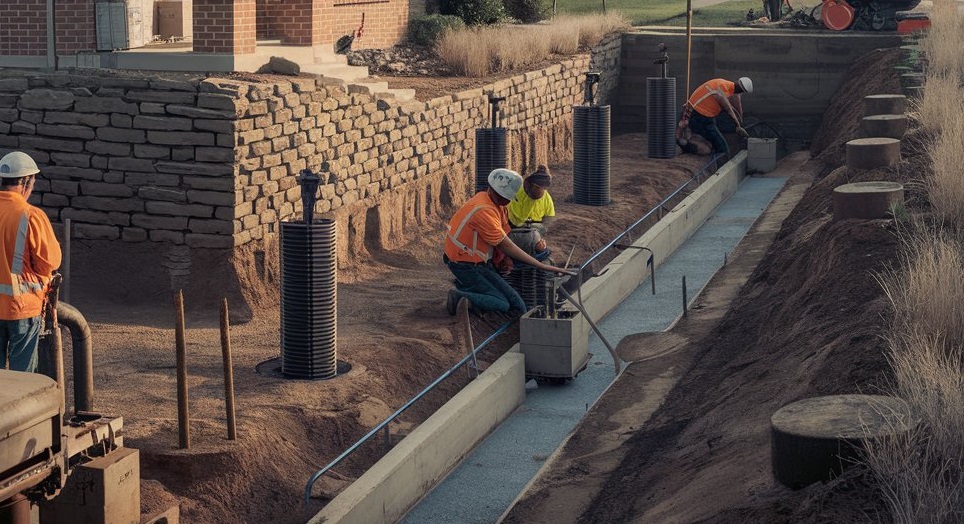A home renovation quote is a comprehensive document or estimate that outlines what work will be done, materials to be used, labor costs, timelines, and all other costs associated with a project. It serves as both an agreement and a budgeting tool. Without a solid quote, homeowners often encounter unexpected costs, delays, or miscommunications.
Components like scope of work, materials vs labor, permits, contingency, and project schedule are essential. A quality quote will clearly break down each cost component so both contractor and homeowner know what is included (and what is not). It builds transparency and trust.
Why Accurate Quotes Matter for Homeowners and Contractors
Getting accurate quotes is beneficial in many ways:
-
Minimizing surprises: when you know upfront what is included, unexpected over‑costs are reduced.
-
Facilitating comparison: being able to compare multiple quotes fairly, seeing exactly what differs.
-
Budget control: accurate quotes help set realistic budgets, allow for contingencies, avoid overspending.
-
Clear expectations: for both parties (homeowner and contractor), about what work will be done, when, and how.
For contractors, accurate quoting can protect profit margins, reduce disputes, and increase client satisfaction. For homeowners, it leads to better planning, smarter material selection, and often more competitive pricing when comparing quotes.
What Factors Drive the Cost in a Renovation Quote
Many variables affect how much a renovation will cost:
-
Size & complexity: Larger areas or complex architectural features (vaulted ceilings, curved stairs, custom cabinetry) require more labor, material, skilled trades.
-
Materials quality & finish: High‑end finishes cost more. For example, tile vs luxury stone, mid‑range vs premium fixtures.
-
Labor rates & region: Labor costs vary widely by geographic region and contractor. Local wage, permits, local material availability impact cost.
-
Existing conditions & hidden issues: If during demolition you find water damage, structural issues, outdated wiring/plumbing, etc., cost goes up.
-
Permit / regulatory / inspection fees: These can add in non‑material costs.
-
Timeframe / schedule constraints: Quick turnarounds or working around occupant schedules may raise cost.
Technology & Tools That Help Generate Home Renovation Quotes
Advances in software and digital tools have greatly improved how quotes are generated:
-
Automated cost databases: software that has preloaded data on material costs, labor rates, local pricing that adjust over time.
-
Digital takeoffs: upload plans, measure areas/screens to compute quantities instead of manual measurement.
-
Template & proposal builders: tools to format professional quotes, include branding, reusable templates.
-
3D modeling / visualization: helps both homeowner and contractor to visualize project, reduce change orders, better material selection.
-
Collaboration / version control: sharing estimates with clients, allowing changes, tracking accepted scopes.
Top Tools & Software You Can Use for Generating Home Renovation Quotes
Here are some real‑world software products/services that help with generating renovation quotes. These are very useful to contractors, remodelers, or serious homeowners. Each includes detail, benefits, use cases, and links.
Houzz Pro Estimate Builder

Houzz Pro offers an Estimate Builder designed for professionals. This tool includes built‑in takeoffs, labor & material cost catalogs, template‑based proposals, and features to speed up creating accurate, professional quotes.
Benefits:
-
Saves time: by automating measurement takeoffs and pulling up cost catalogs of materials and labor.
-
Professional presentation: proposals are polished, include branded templates, helping contractors look more credible.
-
Accurate pricing: using up‑to‑date cost data. Reduces risk of under‑quoting.
Use case & problem solved:
A remodeling contractor needs to submit a bid for a kitchen and bathroom remodel. Without good tools, they manually estimate every material and labor item which takes hours and may have mistakes. With Houzz Pro, they upload the design plans, pick materials, and the system helps compute labor, material, and output a clean quote swiftly. It helps avoid underbidding and losing money.
How to buy / where to get:
You can get Houzz Pro Estimate Builder via the Houzz website. They usually offer a free trial to test their estimating features. To purchase, choose a subscription plan that includes Estimate Builder or Pro features.
Buildxact

Buildxact is another quoting and project management software for residential contractors. It includes templates, material count estimation, quote generation with branded proposals, cost tracking, integration with purchasing, etc.
Benefits:
-
Integrated workflow: once the quote is accepted, it’s easier to convert to orders and track cost and profit.
-
Accurate material counts: less waste, better ordering.
-
Reusable templates: for common jobs you do frequently, saving time.
Use case & problem solved:
A small renovation company often does flooring, drywall, kitchen cabinetry etc. They find that manually computing how many boards of flooring or mud for drywall is time‑consuming and error‑prone. With Buildxact they can plug in measurements, choose stain level, labor rate, and get accurate quantities. Also then supplier orders are smoother and less overbuying.
How to buy / where to get:
You can get Buildxact from their official website. They offer different pricing tiers depending on features needed (material cost database, number of users, project scale). Usually free trial / demo is available.
Clear Estimates

Clear Estimates is a tool specifically built for small to mid‑sized remodelers who want accurate, professional quotes without overwhelming features. It provides cost databases, templates, simple labor/material breakdowns.
Benefits:
-
Easier learning curve: less complexity than full project management tools, focusing on estimating.
-
Local cost adjustments: allows entering local labor/material adjustments so quotes match what customers actually face.
-
Cost efficiency: because simpler, pricing tends to be more affordable for smaller businesses.
Use case & problem solved:
A contractor working in a rural or smaller market where material and labor rates differ significantly from big city averages. They need to input their local data so quotes don’t overshoot or undercut. Clear Estimates allows that adjustment. Also good for homeowners who want to check contractors’ quotes more critically.
How to buy / where to get:
Find Clear Estimates via its website. They often offer monthly subscription or fees depending on usage. Some trial or demo versions may be available so you can test input and output.
Buildertrend

Buildertrend is a comprehensive project management tool that includes estimating, budgeting, scheduling, client communication, and more. It aims to cover not just quotes but the ongoing management of renovation projects.
Benefits:
-
Single platform: from quote generation to schedule to invoices—reduces duplication and mistakes.
-
Client visibility: clients can see proposals, progress, change orders, which enhances trust.
-
Financial tracking: helps contractors monitor budget vs costs and avoid cost overruns.
Use case & problem solved:
For larger renovation jobs (e.g. full house remodel, extensions), there are many moving parts: multiple trades, material orders, subcontractor schedules. Buildertrend helps integrate estimate into the entire workflow so that once quote accepted, tasks, costs, and timelines follow seamlessly.
How to buy / where to get:
Buildertrend is sold via subscription, with plans priced based on number of projects or features. Check their website, ask for demo, possibly negotiate for scale.
How to Create Your Own Excellent Renovation Quote
Here’s a step‑by‑step breakdown of how to craft a quote from scratch (or customize via a template/software):
-
Define scope very clearly: What work is included: demolition, structural, electrical, plumbing, finishes. List rooms, materials, fixtures.
-
Measure accurately: Use plans, or measure onsite, get accurate square footage, wall lengths, ceiling heights. Include waste allowances.
-
Specify material types and qualities: For example, type of flooring, tile, fixtures. Include brand/model if you have preference. Provide alternatives in case of budget constraints.
-
Estimate labor: Hours × hourly rates (or fixed trade rates) for all work (carpenter, plumber, electrician etc.), plus supervision.
-
Include permits and fees: Factor in local permit costs, inspection costs.
-
Add contingency margin: Usually 5‑15% depending on complexity or unknowns.
-
Timeline / schedule & terms: When job starts, duration, deadlines. Payment schedule: deposit, milestone payments, final payment.
-
Make it visually and professionally presentable: Use branded templates, clean formatting, clear line item breakdowns.
Using a template can speed this up; many of the tools mentioned have built‑in templates or allow you to save your own.
Comparing Quotes: What to Watch Out For
When you have multiple quotes from contractors, compare:
-
Are material qualities equivalent? Two quotes may look similar in number but have very different fixtures or finishes.
-
Labor rates and unit costs: do they include travel, disposal, cleanup etc.?
-
Hidden costs: e.g. disposal of debris, additional work discovered later, overtime, etc.
-
Payment schedule: extreme up‑front payments might signal issues.
-
Guarantee / warranty: does the contractor guarantee work / offer warranty on finishes?
-
Validity period: how long will that quoted price hold (material prices change).
Example Scenarios Illustrating How Quotes Vary
These examples show how different projects generate different quotes:
-
Scenario A: Bathroom Remodel with Mid‑Range Materials
Homeowner wants to replace floor tiles, update vanity and fixtures, repaint walls. The scope is modest. A quote includes cost of tiles, fixtures, labor, permit. Because materials are mid‑range, cost per square foot is moderate. Contingency added in case plumbing behind walls needs work. -
Scenario B: Kitchen Renovation with High‑End Finish
Custom cabinets, stone countertops, premium appliances. The design includes structural changes (e.g. removing wall). The quote must handle demolition, structural, electrical/plumbing upgrades. High cost of materials plus skilled labor. Expect longer duration and higher cost. -
Scenario C: Full House Renovation for Resale
Entire interior: flooring, painting, roof, kitchen, bathrooms. Contractor quotes are larger, many trades involved. Economies of scale may help reduce unit cost, but hidden issues from existing home (wiring, foundation) can significantly add.
These help homeowners understand why one quote might be very different from another, and what to look for.
How to Use Tools vs Hiring Contractors for Quotes
Sometimes you (or homeowner) might attempt to use tools yourself vs getting a contractor’s quote:
-
Using software or estimating apps helps you get an independent estimation: useful to verify contractors’ quotes.
-
Homeowners can use calculators to rough‑budget before engaging contractors.
-
Contractors use software to build official, binding quotes and proposals—these are what should be used for contracts.
Tips for Negotiation & Ensuring Fair Quotes
-
Ask for itemized quotes, so you can see breakdowns.
-
Request multiple bids (3 or more) to compare.
-
Ask contractors to explain what is included/excluded. If something seems missing, ask.
-
Clarify material brands/quality or allowances.
-
Agree in writing: scope, timeline, payments, what happens if scope changes.
Where to Find Templates or Contracting Resources Locally
-
Local building authorities or trade associations may provide cost guides.
-
Online marketplaces for contractors/reviews might include cost data for your area.
-
Use downloadable templates (Word, Excel) to format quotes professionally.
How to Choose the Best Quoting Approach or Tool for Your Situation
When selecting a tool or method, consider:
-
Project size and complexity (small bathroom vs full house).
-
Your comfort with technology: some tools have steep learning curves.
-
Local cost data: tools that allow you to adjust material/labor rates.
-
Integration needs: do you need order tracking, supplier pricing, budget tracking?
-
Budget for the tool: some are free/basic; others are subscription‑level.
FAQs
What is a typical price for a home renovation quote?
Cost for preparing a quote can vary. Many contractors include quoting as part of their service, so you may not pay separately. Some professionals charge for detailed designs or plans, or charge a flat fee if extensive drawings are required.
How long should a renovation quote remain valid?
Usually quotes are valid for a limited period (often 30‑90 days), because material prices, labor costs, or regulatory fees may change. Always check the expiration date.
Can I trust software estimates without seeing contractors’ rates in my area?
Software is useful for ballpark estimates, but for accuracy you need local data: local labor rates, material availability/prices, local permit fees etc. Software that allows you to input or adjust for local conditions will give better results.








Leave a Reply